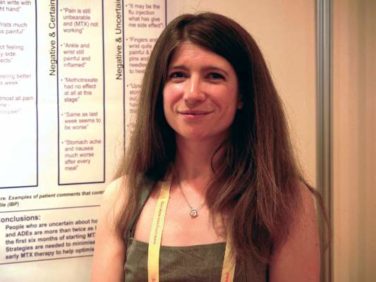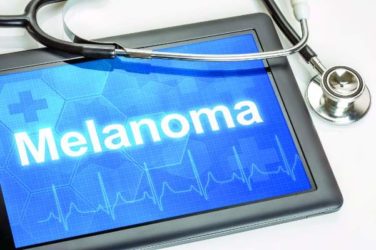FROM THE JOURNAL OF GERIATRIC ONCOLOGY
When evaluating older patients with acute myeloid leukemia for treatment, start with their fitness levels.
ML is a disease of older adults, and with increasing age comes higher treatment-related mortality, lower complete remission rates, higher relapse risk, and shorter overall survival. So it may not be surprising that fewer than half of U.S. patients with newly diagnosed acute myeloid leukemia over age 65 receive any chemotherapy at all, wrote Li-Wen Huang, MD, and Rebecca L. Olin, MD, of the University of California, San Francisco.
Prognostic models and comprehensive geriatric assessments, however, can help in evaluating whether intensive chemotherapy suitable is for each patient, the authors reported (J Geriatr Oncol. 2017;8[6]:417-20).
Fitness is key: Older patients considered fit for intensive chemotherapy should receive standard induction therapy, and reduced-intensity allogeneic stem cell transplantation should then be considered. Patients considered unfit for intensive therapy, on the other hand, should receive hypomethylating agents.
Several new therapeutic agents have shown promising results either by improving intensive chemotherapy (CPX-351), by improving upon lower-intensity therapy (venetoclax, antibody drug conjugates), or by targeting somatic mutations (FLT3 inhibitors and others), the investigators concluded.
Dr. Huang reported no conflicts. Dr. Olin has received research funding from Daiichi Sankyo, Astellas, and Genentech.




